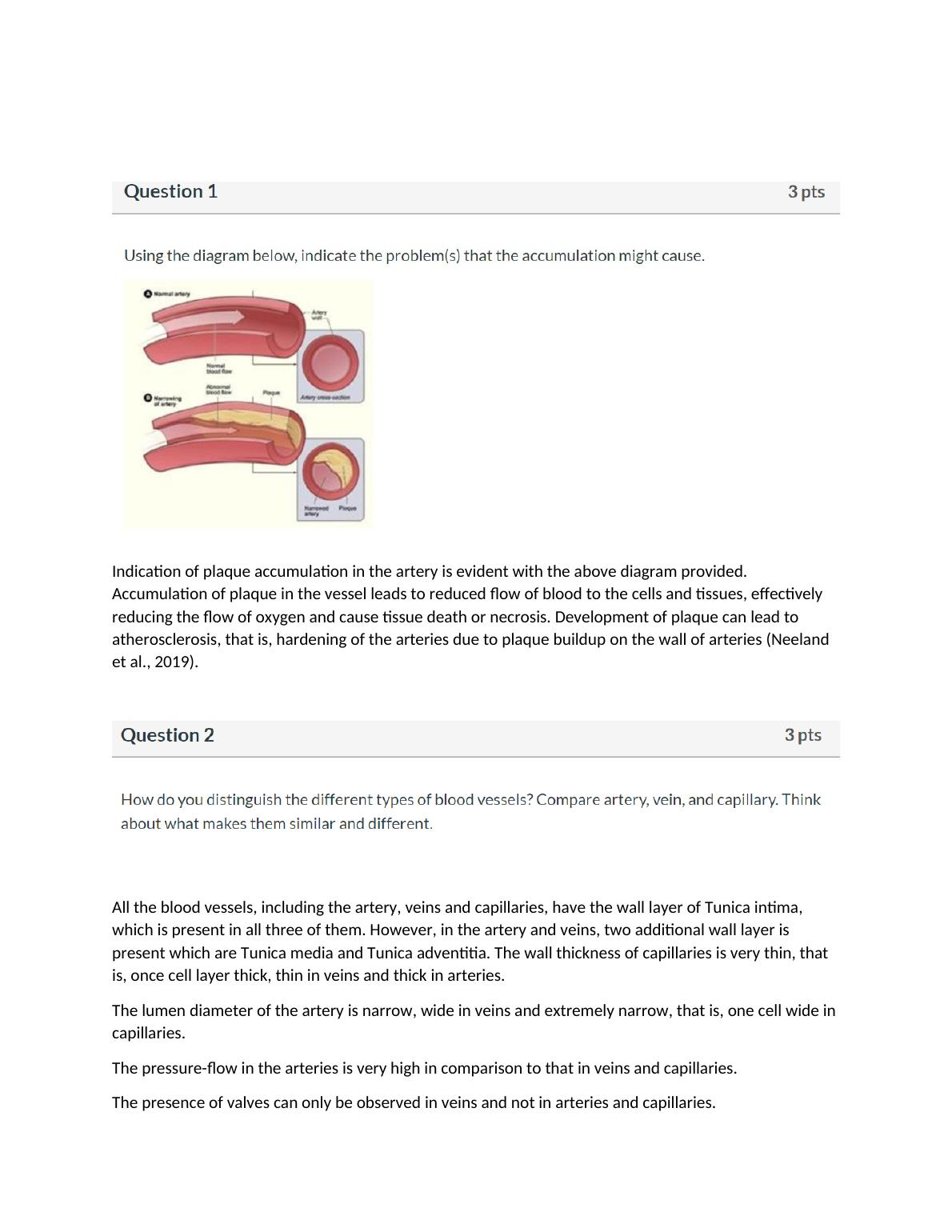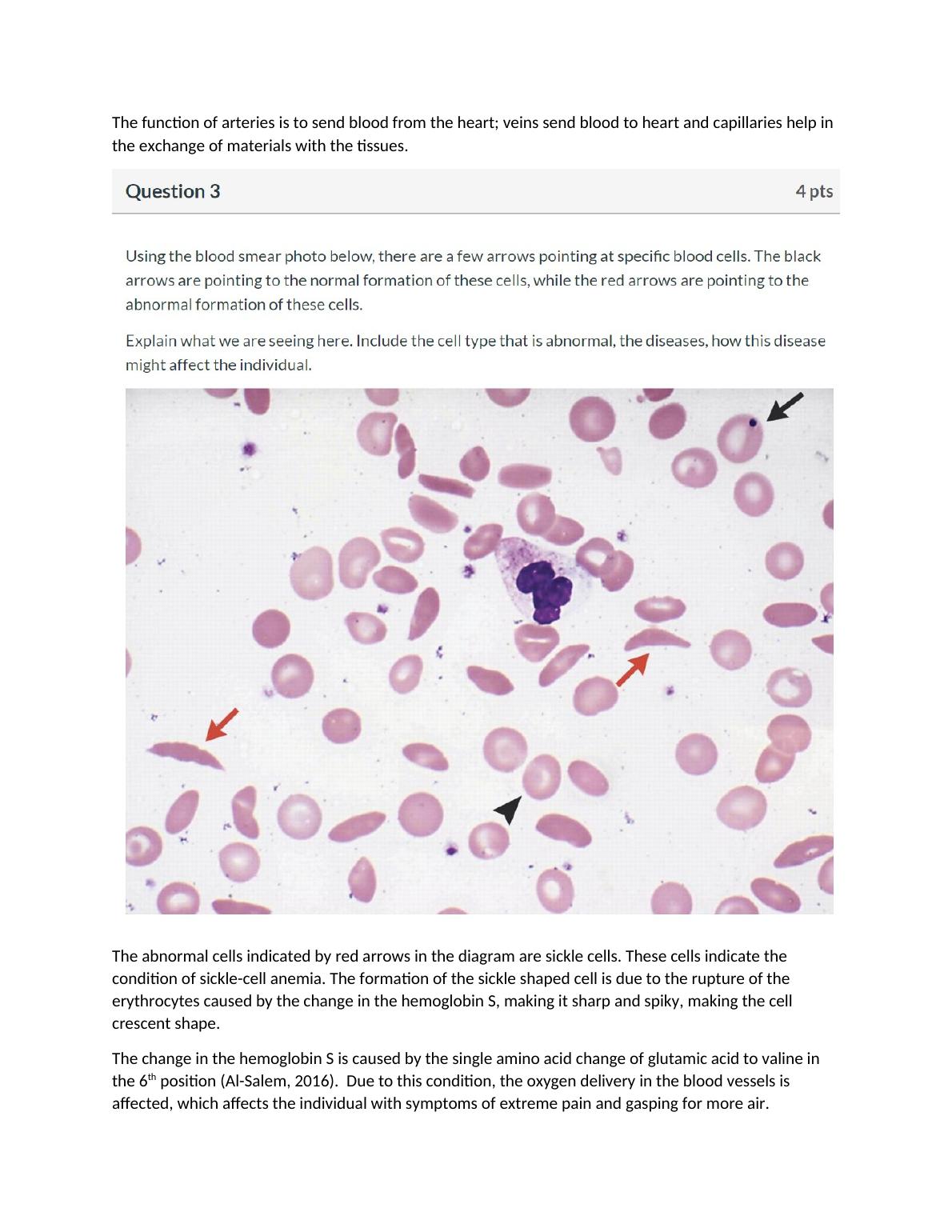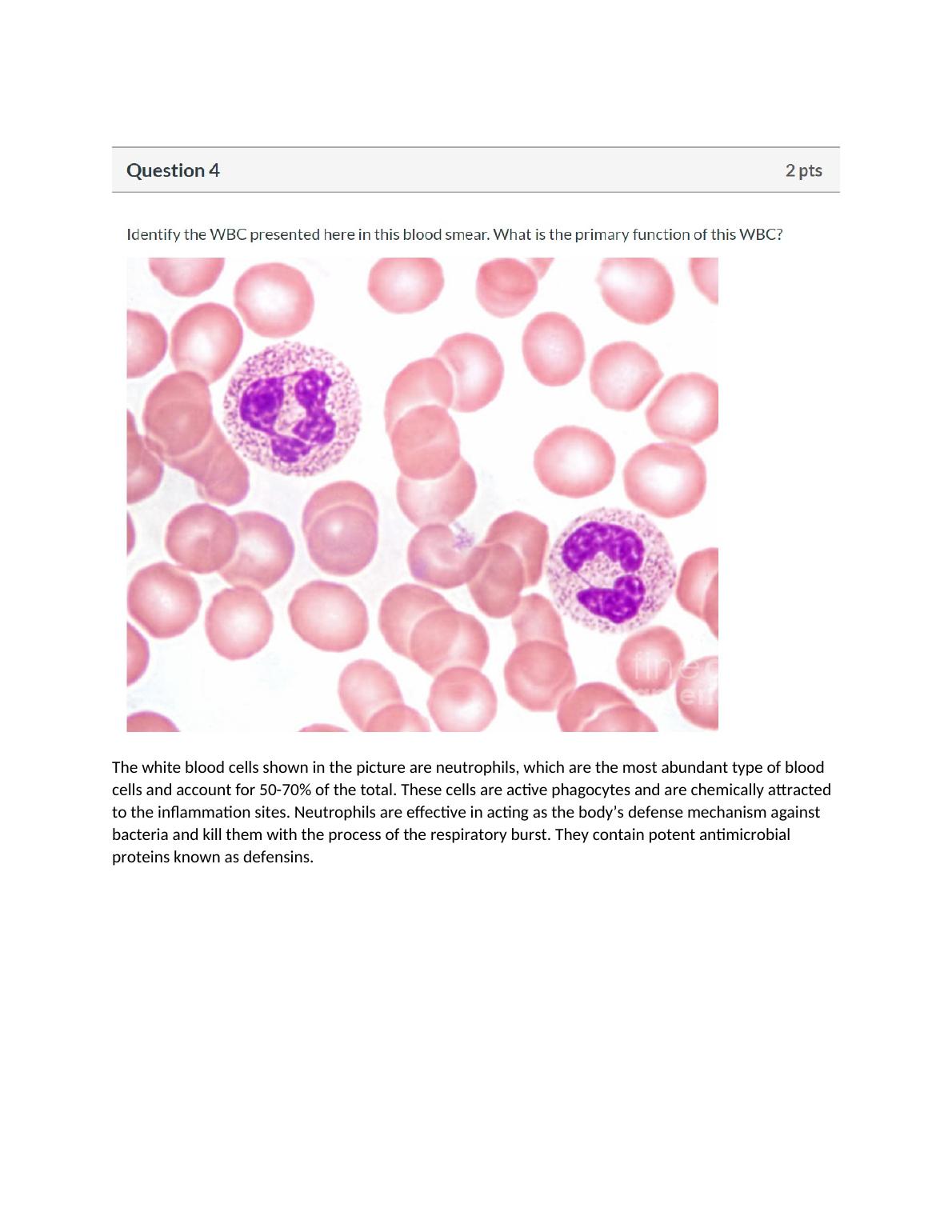Indication of Plaque Accumulation Report
Added on 2022-08-17
8 Pages941 Words14 Views
Indication of plaque accumulation in the artery is evident with the above diagram
provided. Accumulation of plaque in the vessel leads to reduced flow of blood to the
cells and tissues, effectively reducing the flow of oxygen and cause tissue death or
necrosis. Development of plaque can lead to atherosclerosis, that is, hardening of
the arteries due to plaque buildup on the wall of arteries (Neeland et al., 2019).
All the blood vessels, including the artery, veins and capillaries, have the wall layer
of Tunica intima, which is present in all three of them. However, in the artery and
veins, two additional wall layer is present which are Tunica media and Tunica
adventitia. The wall thickness of capillaries is very thin, that is, once cell layer thick,
thin in veins and thick in arteries.
The lumen diameter of the artery is narrow, wide in veins and extremely narrow,
that is, one cell wide in capillaries.
The pressure-flow in the arteries is very high in comparison to that in veins and
capillaries.
provided. Accumulation of plaque in the vessel leads to reduced flow of blood to the
cells and tissues, effectively reducing the flow of oxygen and cause tissue death or
necrosis. Development of plaque can lead to atherosclerosis, that is, hardening of
the arteries due to plaque buildup on the wall of arteries (Neeland et al., 2019).
All the blood vessels, including the artery, veins and capillaries, have the wall layer
of Tunica intima, which is present in all three of them. However, in the artery and
veins, two additional wall layer is present which are Tunica media and Tunica
adventitia. The wall thickness of capillaries is very thin, that is, once cell layer thick,
thin in veins and thick in arteries.
The lumen diameter of the artery is narrow, wide in veins and extremely narrow,
that is, one cell wide in capillaries.
The pressure-flow in the arteries is very high in comparison to that in veins and
capillaries.

The presence of valves can only be observed in veins and not in arteries and
capillaries.
The function of arteries is to send blood from the heart; veins send blood to heart
and capillaries help in the exchange of materials with the tissues.
The abnormal cells indicated by red arrows in the diagram are sickle cells. These
cells indicate the condition of sickle-cell anemia. The formation of the sickle shaped
cell is due to the rupture of the erythrocytes caused by the change in the
hemoglobin S, making it sharp and spiky, making the cell crescent shape.
capillaries.
The function of arteries is to send blood from the heart; veins send blood to heart
and capillaries help in the exchange of materials with the tissues.
The abnormal cells indicated by red arrows in the diagram are sickle cells. These
cells indicate the condition of sickle-cell anemia. The formation of the sickle shaped
cell is due to the rupture of the erythrocytes caused by the change in the
hemoglobin S, making it sharp and spiky, making the cell crescent shape.

The change in the hemoglobin S is caused by the single amino acid change of
glutamic acid to valine in the 6th position (Al-Salem, 2016). Due to this condition,
the oxygen delivery in the blood vessels is affected, which affects the individual
with symptoms of extreme pain and gasping for more air.
The white blood cells shown in the picture are neutrophils, which are the most
abundant type of blood cells and account for 50-70% of the total. These cells are
active phagocytes and are chemically attracted to the inflammation sites.
Neutrophils are effective in acting as the body’s defense mechanism against
bacteria and kill them with the process of the respiratory burst. They contain potent
antimicrobial proteins known as defensins.
glutamic acid to valine in the 6th position (Al-Salem, 2016). Due to this condition,
the oxygen delivery in the blood vessels is affected, which affects the individual
with symptoms of extreme pain and gasping for more air.
The white blood cells shown in the picture are neutrophils, which are the most
abundant type of blood cells and account for 50-70% of the total. These cells are
active phagocytes and are chemically attracted to the inflammation sites.
Neutrophils are effective in acting as the body’s defense mechanism against
bacteria and kill them with the process of the respiratory burst. They contain potent
antimicrobial proteins known as defensins.

End of preview
Want to access all the pages? Upload your documents or become a member.
Related Documents
Different Parts of Blood and Fractures: A Comprehensive Overviewlg...
|6
|1587
|488
